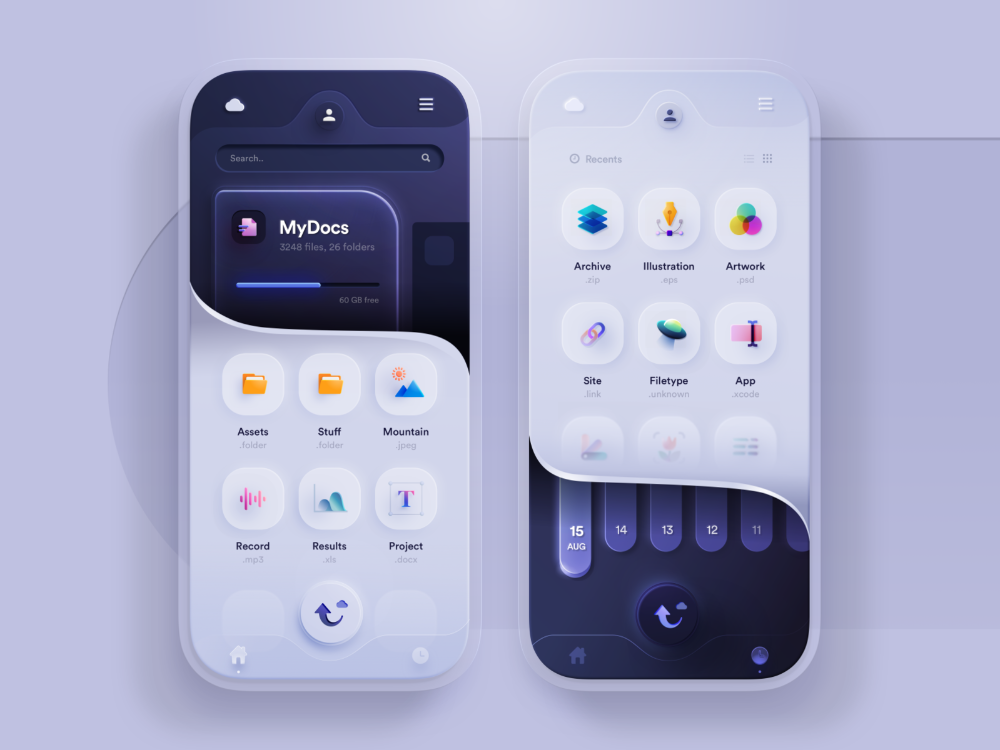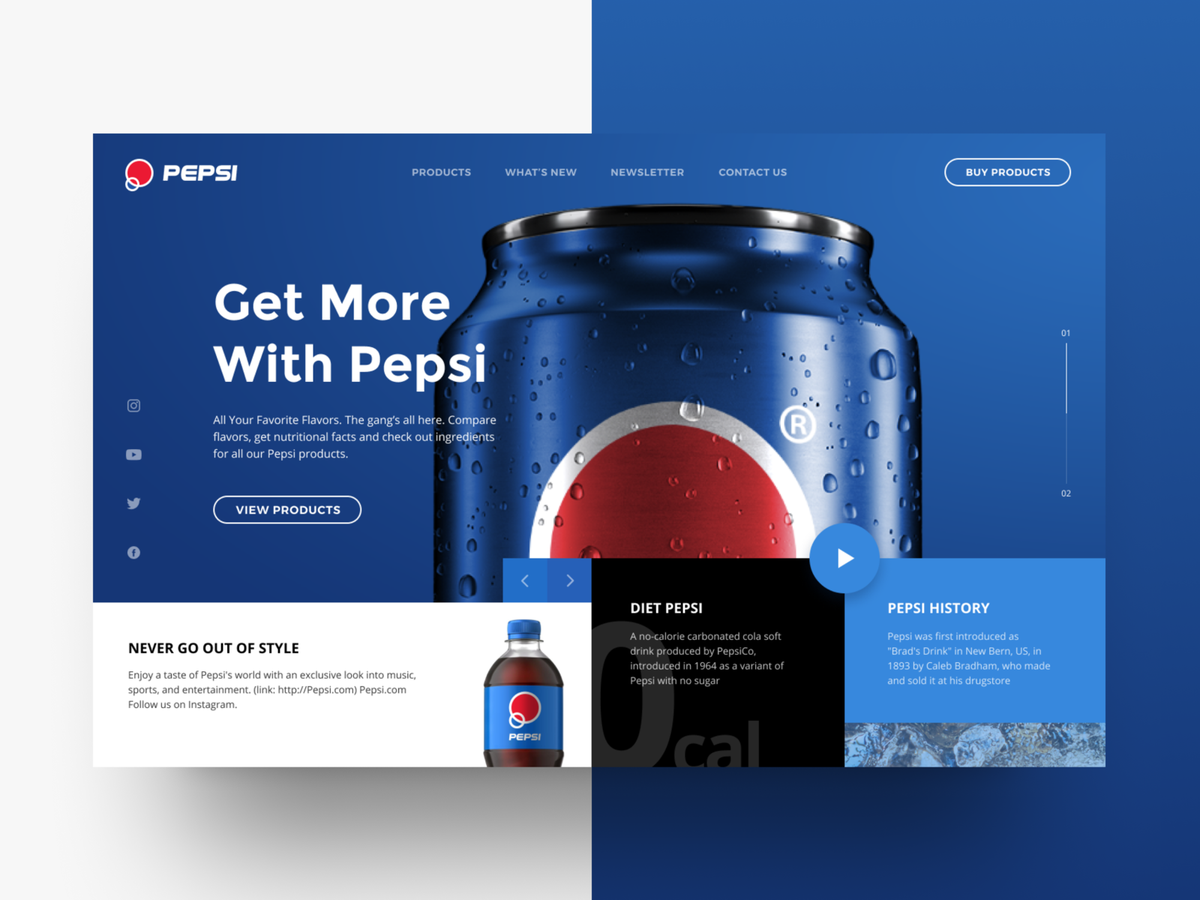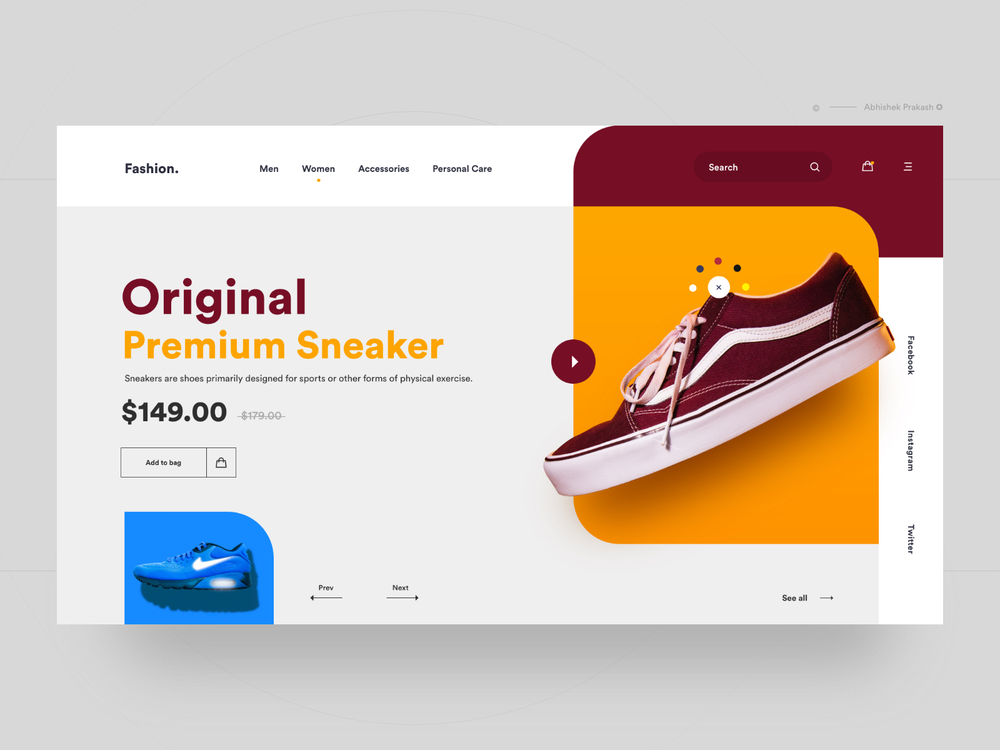1)INTRODUCTION
UI/UX design is a crucial aspect of any digital product or service. It's the foundation of creating an intuitive and enjoyable user experience that drives engagement and customer loyalty. In this blog post, we'll explore what UI/UX design is, how to become a UI/UX developer, and the reasons why you should study it, What is UI/UX Design?

1. Definition
UI/UX design is the art and science of creating digital experiences that are not just aesthetically pleasing, but also intuitive, accessible, and emotionally resonant. It's about crafting user interfaces that enable people to achieve their goals in the most efficient and delightful way possible, while also providing a sense of delight and satisfaction that keeps them coming back for more. At its core, UI/UX design is about empathy: understanding the needs, desires, and frustrations of users, and using that understanding to create interfaces that feel like a natural extension of their thoughts and actions. It's a multidisciplinary field that draws on psychology, design, technology, and business, and requires a deep understanding of both the user and the context in which they're using the product. Ultimately, UI/UX design is about creating experiences that make people's lives better and more enjoyable, one pixel at a time.
2. The difference between UI and UX design
UI and UX design are two distinct but related fields that play a critical role in creating digital products such as websites, mobile apps, and software applications. Here's a simple explanation of the difference between UI and UX design that should be easy to understand for a general audience:
UI design refers to the visual and interactive elements of a digital product. This includes things like buttons, menus, icons, and other graphical elements that users interact with on a screen. The goal of UI design is to make these elements look good and work well together to create a visually appealing and user-friendly interface.
UX design, on the other hand, is focused on the overall user experience of a digital product. This includes everything from how easy it is for users to navigate the product, to how quickly it loads, to how well it meets their needs and solves their problems. UX designers use a variety of research methods to understand how users interact with the product, and then use this information to make informed design decisions that optimize the overall user experience.
In other words, UI design is about making a product look good, while UX design is about making it work well. Both are important components of digital product design, and they work together to create a seamless and enjoyable user experience.
UI/UX design plays a crucial role in creating successful digital products and experiences that benefit both businesses and users. Here are some key reasons why UI/UX design is important for businesses and users:
3. The importance of UI/UX design for businesses and users
Enhances user satisfaction:
Well-designed UI/UX can greatly enhance the user experience, making it easier and more enjoyable for users to interact with digital products. This can lead to higher user satisfaction and retention rates, which can translate to better business outcomes such as increased customer loyalty, positive reviews, and word-of-mouth referrals.
Boosts conversion rates:
A user-friendly interface and seamless user experience can greatly improve conversion rates for businesses. A well-designed product can guide users through the sales funnel more effectively, increasing the likelihood that they will make a purchase or take other desired actions.
Saves time and resources:
Investing in UI/UX design upfront can save time and resources down the line by reducing the need for costly redesigns and user support. A well-designed product can reduce user confusion and errors, ultimately leading to a more efficient and streamlined experience for both users and businesses.
Competitive advantage:
In today's crowded digital landscape, businesses need to differentiate themselves from their competitors. A well-designed product that prioritizes the user experience can be a powerful differentiator, helping businesses stand out in a crowded market and attracting more customers.
Empathy for users:
UI/UX design is about putting users first and creating experiences that meet their needs and solve their problems. By prioritizing the user experience, businesses can demonstrate empathy for their users, which can lead to greater trust and loyalty.
UI/UX design is important because it can enhance user satisfaction, boost conversion rates, save time and resources, provide a competitive advantage, and demonstrate empathy for users. By investing in UI/UX design, businesses can create digital products and experiences that benefit both themselves and their users.


1. The core skills and knowledge required for UI/UX development
User research:
UI/UX developers must be able to conduct user research to understand the needs, behaviors, and pain points of the target audience. This involves using a variety of research methods, such as surveys, interviews, and usability testing.
Information architecture:
UI/UX developers must be skilled in organizing information and structuring content in a way that is easy to navigate and understand for the user.
Wire framing and prototyping:
UI/UX developers must be able to create low-fidelity wireframes and high-fidelity prototypes to help visualize and test the user interface and user experience of a product.
Visual design:
UI/UX developers must have a solid understanding of visual design principles, including color theory, typography, and layout, to create aesthetically pleasing and effective user interfaces.
Interaction design:
UI/UX developers must be able to design and create interactions that are intuitive, efficient, and delightful for the user. This involves understanding human behavior and how people interact with digital interfaces.
Front-end development:
UI/UX developers must have a basic understanding of front-end development, including HTML, CSS, and JavaScript, to be able to create prototypes and communicate effectively with developers.
Collaboration:
UI/UX development is a collaborative process, and UI/UX developers must be able to work effectively with designers, developers, and other stakeholders to ensure that the final product meets the needs of the user and the business.
UI/UX development requires skills and knowledge in user research, information architecture, wireframing and prototyping, visual design, interaction design, front-end development, and collaboration. By mastering these core skills, UI/UX developers can create effective and engaging digital products and experiences that meet the needs of the user and the business
2. Tips for learning UI/UX design
Start with the basics:
Begin by learning the fundamental principles of design, including color theory, typography, layout, and composition. This will provide a solid foundation for creating effective and aesthetically pleasing user interfaces.
Study existing designs:
Look at successful websites, apps, and other digital products to analyze how they are designed and what makes them effective. Pay attention to the user flow, navigation, and overall user experience.
Practice wire framing and prototyping:
Create low-fidelity wireframes and high-fidelity prototypes to help visualize and test the user interface and user experience of a product. This will help you develop a better understanding of how to design and create effective digital products.
Seek feedback and critique:
Share your designs with others, whether it's a mentor, a colleague, or a community of designers, and seek feedback and critique. This will help you identify areas for improvement and learn from others.
Stay up to date with industry trends and tools:
The field of UI/UX design is constantly evolving, and it's important to stay up to date with the latest trends and tools. Follow blogs, attend conferences and webinars, and participate in online communities to stay informed and connected.
Build a portfolio:
Create a portfolio of your work to showcase your skills and experience to potential employers or clients. Include a variety of projects that demonstrate your range of skills and abilities.
Practice, practice, practice:
Like any skill, UI/UX design requires practice and repetition to master. Set aside time each day or week to work on your design skills and create new projects.
To learn UI/UX design, start with the basics, study existing designs, practice wireframing and prototyping, seek feedback and critique, stay up to date with industry trends and tools, build a portfolio, and practice regularly. With dedication and hard work, you can develop the skills and knowledge needed to create effective and engaging digital products and experiences.
3. The importance of building a strong portfolio in UI/UX
Demonstrates your skills and abilities:
A portfolio is a tangible representation of your skills and abilities as a UI/UX designer. It provides a way for potential employers or clients to see your work and assess your design capabilities.
Highlights your experience:
A portfolio can showcase the breadth and depth of your experience in UI/UX design. It provides evidence of your previous projects and demonstrates how you have solved design problems in the past.
Shows your design process:
A portfolio can demonstrate your design process, including how you approach a project, the methods you use to research and analyze user needs, and the steps you take to create and test your designs.
Sets you apart from other candidates:
A strong portfolio can help you stand out from other candidates applying for the same job or project. It shows that you have a clear vision and understanding of what it takes to create effective and engaging user interfaces.
Helps you get hired:
A portfolio can increase your chances of getting hired for a UI/UX design job. Potential employers will be able to assess your work and determine if you are a good fit for their organization.
Building a strong portfolio is critical for anyone looking to establish a career in UI/UX design. It provides a tangible representation of your skills, experience, design process, and can help you stand out from other candidates and increase your chances of getting hired.
Companies that Hire UI/UX Designers in Chennai:
1. Zoho Corporation
2. Freshworks
3. PayPal
4. HCL Technologies
5. Wipro
Companies that Hire UI/UX Designers Abroad:
1. Google
2. Face book
3. Apple
4. Amazon
5. Microsoft
Salary of UI/UX Designers:
The salary of UI/UX designers varies depending on the company, location, and level of experience. In Chennai, the average salary of a UI/UX designer ranges from ₹300,000 to ₹1,200,000 per year. In the United States, the average salary for a UI/UX designer is around $80,000 to $120,000 per year. In the United Kingdom, the average salary for a UI/UX designer is around £30,000 to £60,000 per year.
Advantage, reduced development costs, and better accessibility. Some of the top companies that hire UI/UX designers in Chennai and abroad include Zoho Corporation, Google, Face book, and Apple.. The salary of UI/UX designers varies depending on the location and level of experience, with salaries ranging from ₹300,000 to ₹1,200,000 per year in Chennai and around $80,000 to $120,000 per year in the United States.
1. The high demand for UI/UX designers in the job market
2. The competitive advantage of companies with a strong UI/UX design focus
3. The potential for high earning potential and career growth in UI/UX development
Conclusion:
UI/UX design is a dynamic field with a lot of opportunities for those who are passionate about creating engaging digital experiences. By understanding what UI/UX design is, how to become a UI/UX developer, and the benefits of studying it, you can take your first steps towards a rewarding career in this exciting industry.